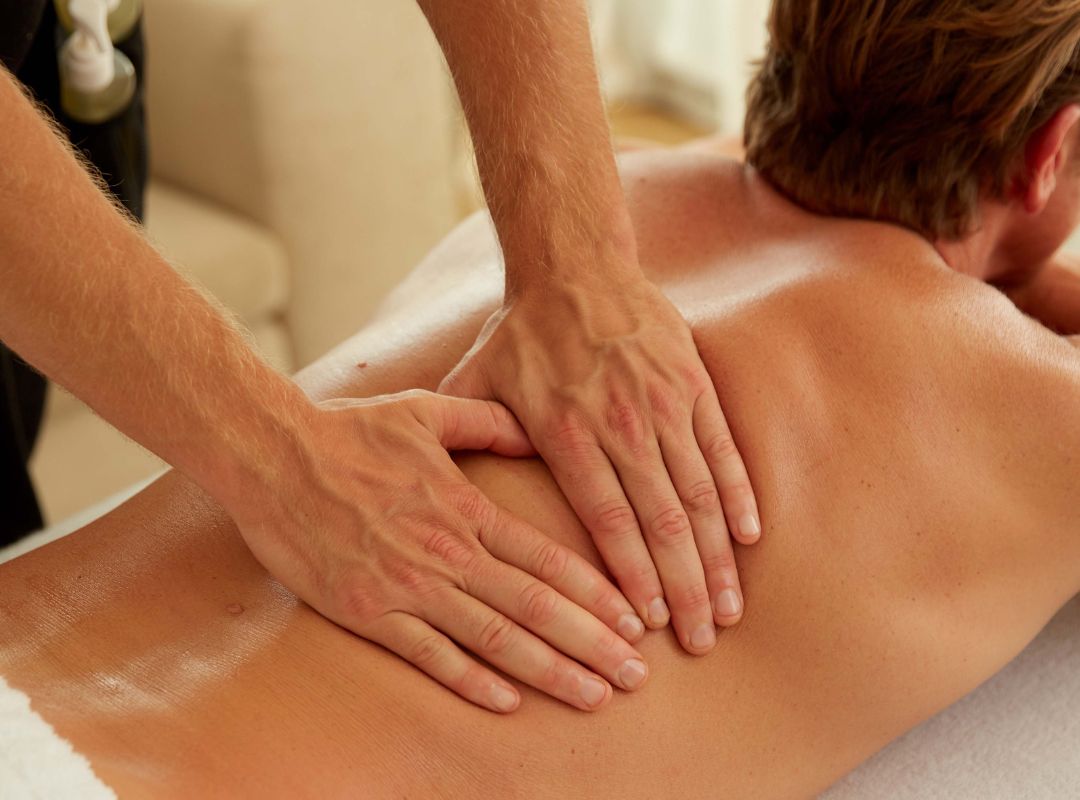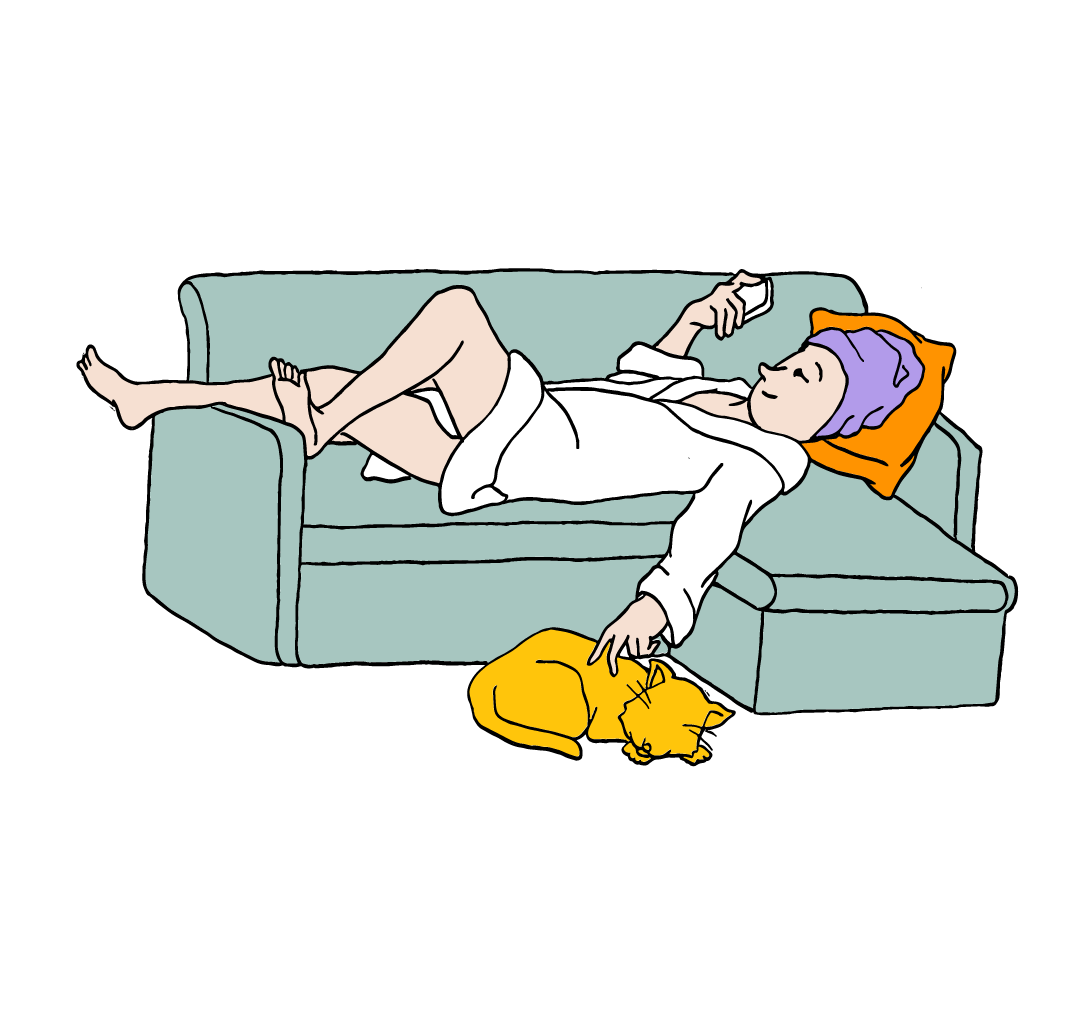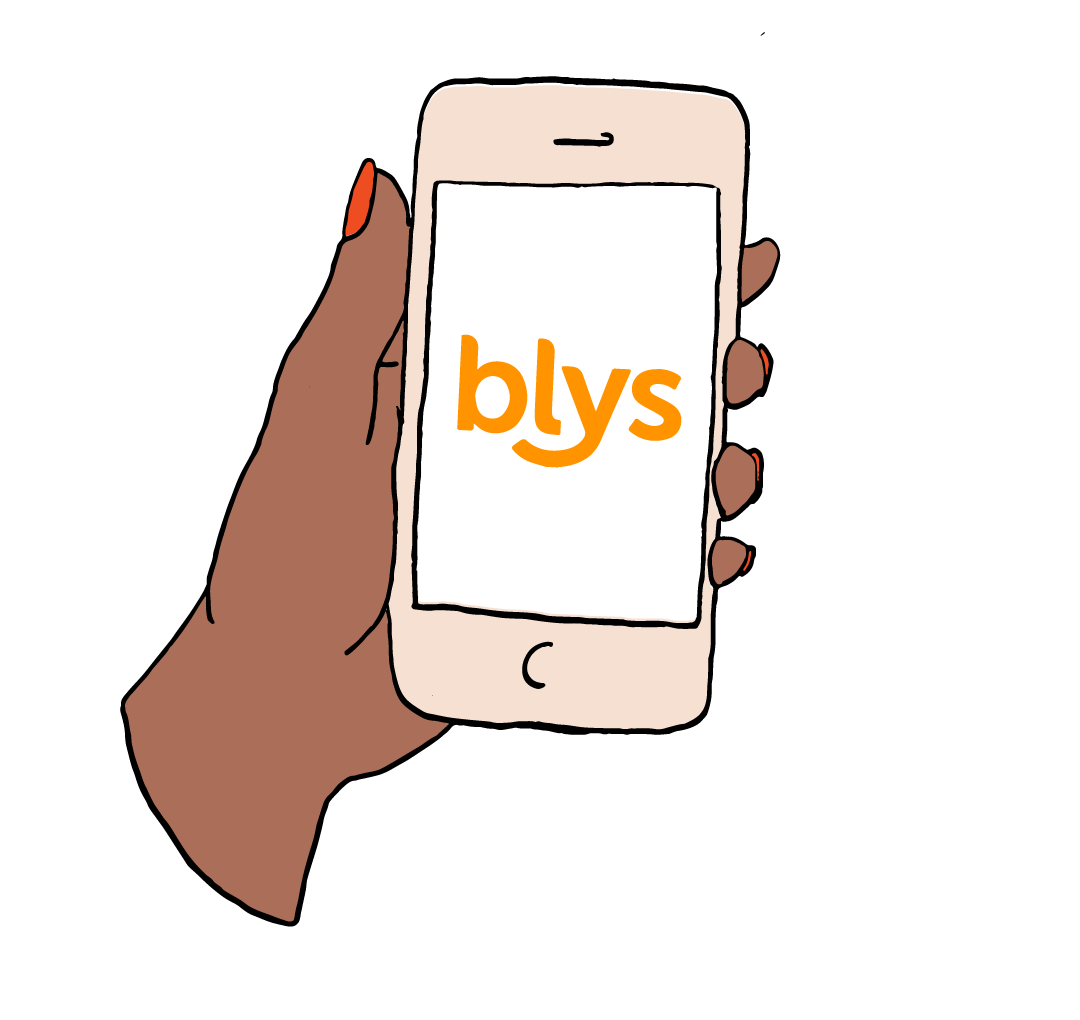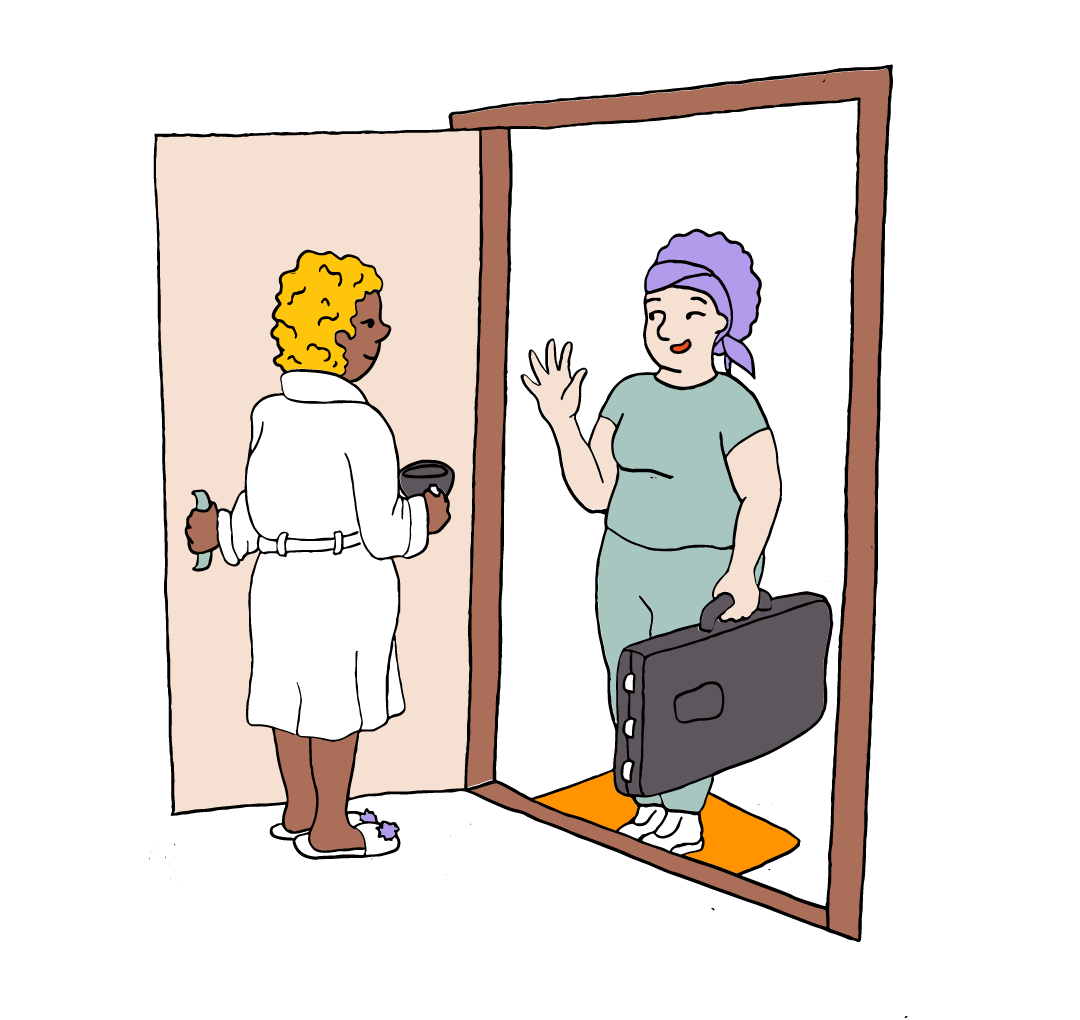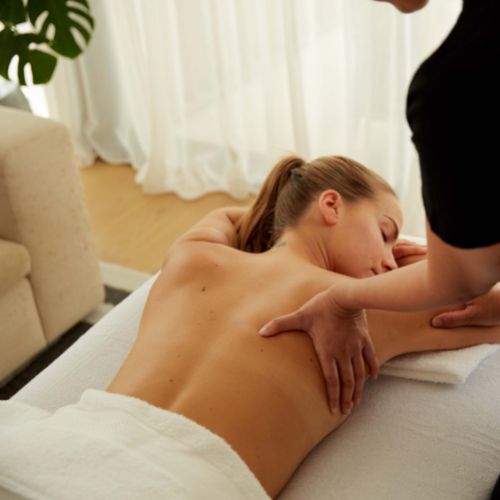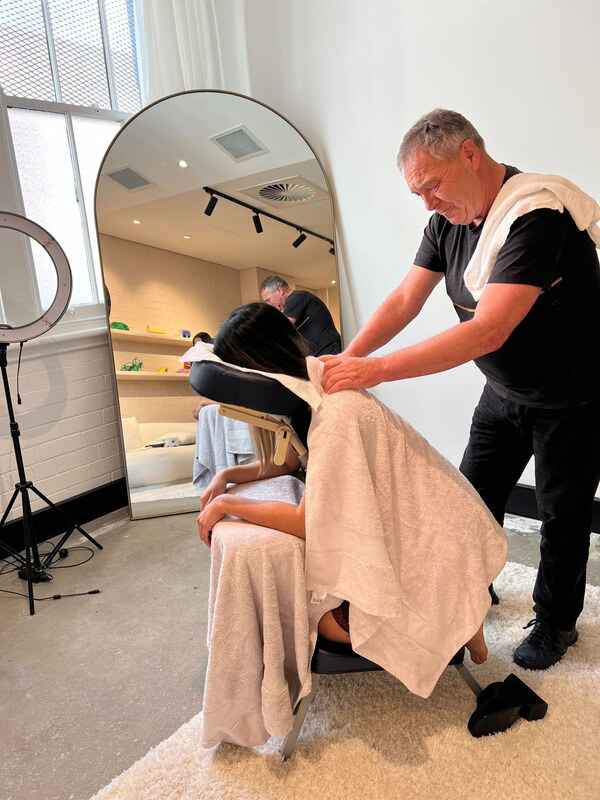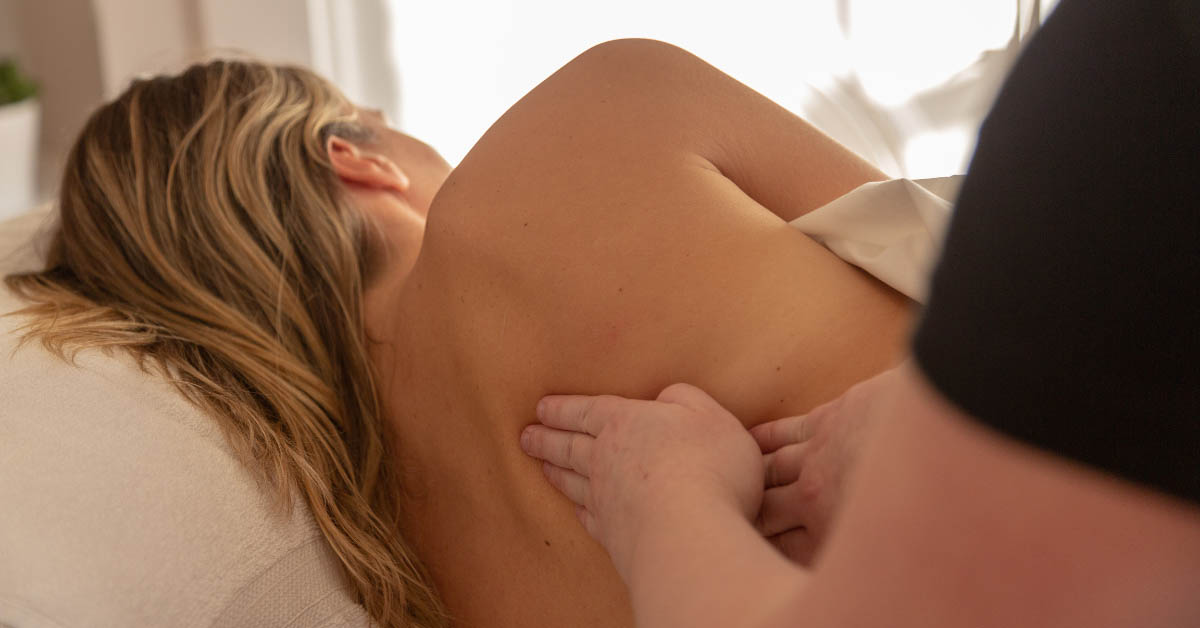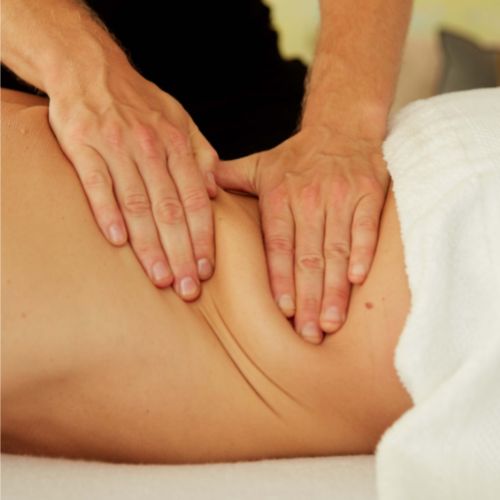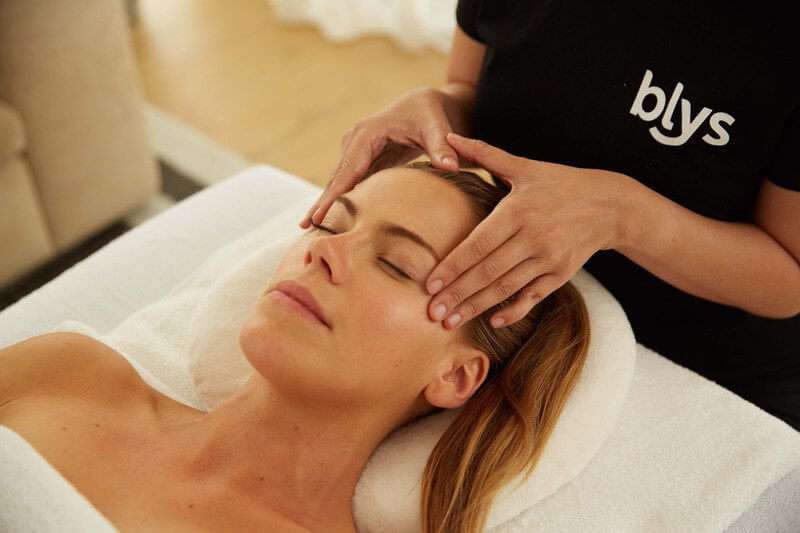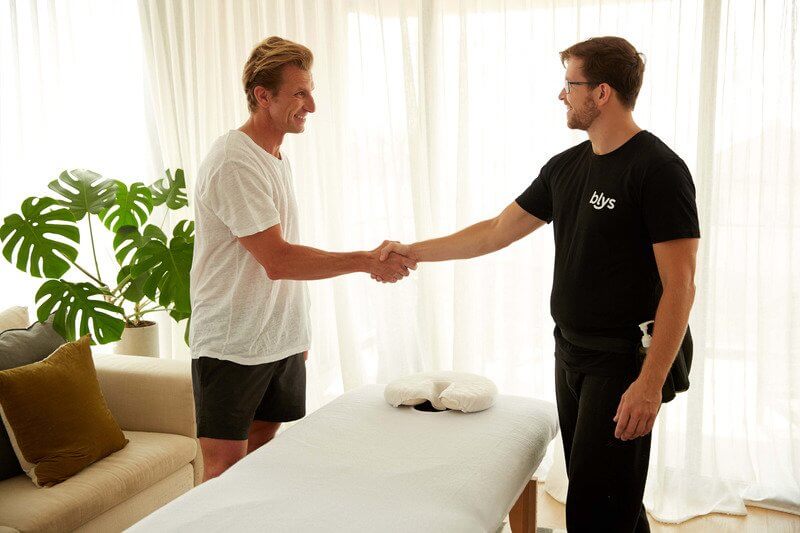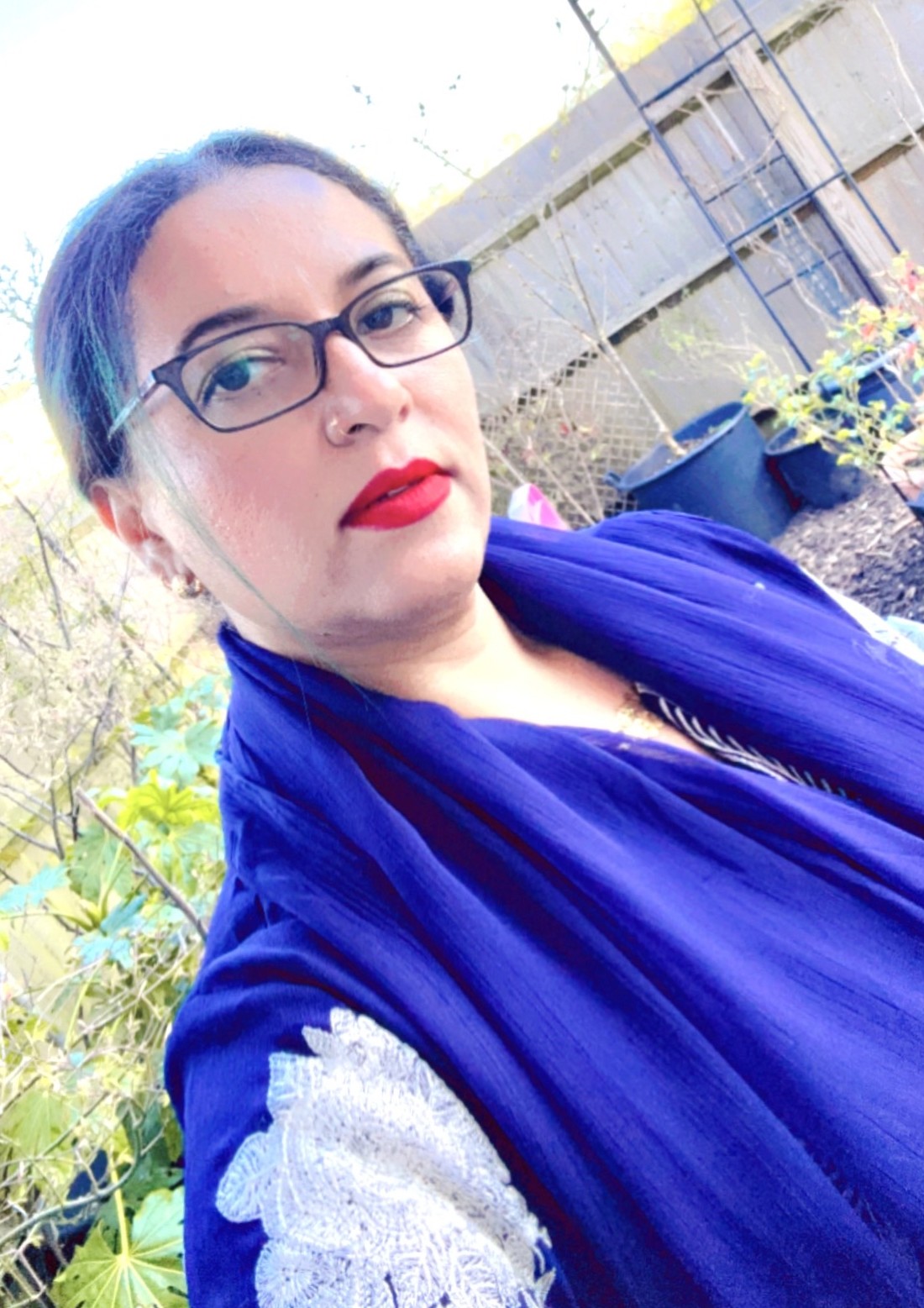Chingford’s best deep tissue body massages delivered to your home, hotel or office. Book same-day or in advance, 7 days, 6am – midnight.
Frequently Asked Questions
How does booking a mobile massage in Chingford work with Blys?
We bring the best deep tissue massage straight to your doorstep by connecting you with a trusted and qualified therapist near you.
No phone calls, no cash payments, and no hassle of commuting to the clinic or spa—just book an appointment online via out website or app, and a vetted therapist will arrive at your door at your convenient time.
Some of our customers even call us the ‘Uber for Massages’!
Can I get a deep tissue massage in Chingford near me?
Absolutely! If you’re wondering “where can I get the best massage near me?“, Blys has you covered. Simply book online via Blys, sit back, and relax—a qualified massage therapist will arrive with everything needed for your perfect ‘me-time’.
Does deep tissue massage release toxins?
Deep tissue massage can improve blood flow and potentially aid in the body’s natural detoxification process, but there is no solid scientific evidence that it directly releases toxins.
What is the difference between deep tissue massage and sports massage?
Deep tissue massage focuses on relieving chronic muscle tension and breaking down tightened muscle knots, making it great for relief from persistent pain and stiffness.
Sports massage, however, targets specific areas to improve flexibility, prevent injuries, and aid recovery, making it ideal for athletes or active individuals.
Is deep tissue massage good for back pain?
Yes, deep tissue massage is effective for back pain, especially for chronic or muscle-related discomfort. By targeting deeper muscle layers, it helps release tension, improve circulation, and increase mobility. Regular sessions can provide long-term relief, particularly for conditions like lower back pain, sciatica, and muscle stiffness.
Is deep tissue massage good for shoulder pain?
Yes, deep tissue massage is great for relieving shoulder pain, especially from muscle tension, injuries, or poor posture. This technique works by targeting deeper muscles, breaking up adhesions, and reducing tension. People with conditions like rotator cuff issues, frozen shoulder, or stiffness may benefit from regular sessions.
Is deep tissue massage painful?
Deep tissue massage can be uncomfortable to some extent and slightly painful at times, especially in areas with tight muscles or knots, but it shouldn’t be unbearably painful. A skilled massage therapist will adjust the pressure to your tolerance level. It’s important to communicate with your therapist to ensure a comfortable yet effective session. Some post-massage soreness is quite normal and typically fades away after a day or two.
Can I choose my mobile deep tissue massage therapist near me in Chingford?
You sure can! If you’re new to Blys, or if you are not aware of it yet, you can choose whether you prefer a male or female therapist when making your booking. From there, we’ll match you with the best available therapist in your area based on your preferences.
Already have a therapist in mind? If a friend recommended someone, or you’ve found a therapist you like and want to book them instead, you can request them by booking directly from their profile. You can do this by browsing and selecting a therapist from our network in your area.
Returning customers can easily rebook a previous therapist via the Rebook option on our website or app
What does a deep tissue massage do?
A deep tissue massage targets the deeper layers of muscles and connective tissue to release built-up tension, break down adhesions, and reduce inflammation. This increases flexibility and reduces overall pain in your body. The therapist applies firm pressure using their hands, elbows, and forearms to the areas prone to tightness, such as the neck, shoulders, and lower back.
What to do after a deep tissue massage?
After a deep tissue massage, prioritise hydrating your body and getting the rest you deserve. Drink plenty of water to flush out metabolic waste, and allow your body to recover from the soreness. You can apply heat or ice to relax your muscles and reduce any inflammation, if recommended. Avoid heavy exercises and do some light stretching instead to maintain your body’s flexibility.
What is the difference between a Swedish massage and a deep tissue massage?
Swedish massage and deep tissue massage differ in technique, pressure, and focus area:
- Swedish massage uses long, flowing strokes and gentle pressure to promote relaxation and improve circulation throughout the body, making it ideal for stress relief.
- Deep tissue massage applies firm pressure and slow strokes to target deeper muscle layers, focusing on chronic pain, tight muscles, and mobility issues.
Swedish is best for relaxation and overall tension relief, while deep tissue is better for targeting problem areas and chronic muscle discomfort.
How often should you get a deep tissue massage?
The ideal frequency for deep tissue massage depends on your needs and lifestyle. Generally, we recommend a session at least once a month. However, if you’re recovering from an injury or dealing with chronic muscle tension, weekly or biweekly sessions may be more effective.
It’s always best to consult with your massage therapist to create a personalised plan that suits your body and goals.
How long should you wait to work out after a deep tissue massage?
It’s best to wait at least 24 hours before resuming your regular workouts after a deep tissue massage. Your muscles and connective tissues are relaxed, which makes them more susceptible to soreness or injury. Instead of intense exercise, try low-impact activities like walking or light stretching to avoid straining your muscles.
